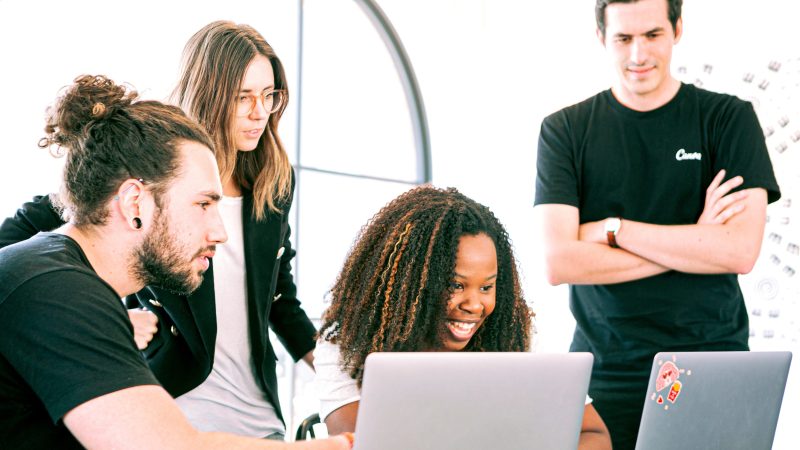At the OpenInfra Summit ‘22 in Berlin, we organized three “Birds of a Feather” sessions. Birds of a feather sessions bring together people who share a common interest so they can talk about it. We started each session with a brief presentation to introduce the topic and get everyone on the same page. Then we opened the discussion and encouraged everyone to share experiences, ask questions, and work together on ideas and solutions.
In this blog post, we wanted to share more about the three topics we discussed at the OpenInfra Summit: (1) community metrics strategy, (2) how to understand project sustainability, and (3) how to identify and resolve common barriers to contributing to open source communities.
Community Metrics Strategy
“You are what you measure.”

The problem with open source community metrics is the abundance of available metrics. We have so much data that it can feel like drinking from a firehose. As part of our new partnership with OpenInfra Foundation, we hosted this birds of a feather session to share our experiences and foster a conversation among the OpenInfra community.
We explored with the attendees how to find a good metric strategy and identify meaningful metrics. We introduced the Goal-Question-Metric approach that is recommended by the CHAOSS project. In this, the goals of the community come first and we want to consider what kind of community we want to have. These goals are then divided into questions that can be measured with metrics. This avoids looking at the easy to collect “vanity” metrics that are neither helpful nor actionable.
Attendees also sparked some interesting conversations. A major focus with community metrics is to understand the interaction between community members. We can learn about community processes by analyzing how quickly community members respond to each other and resolve a workflow, for example, by providing reviews on code submissions. Matching which community members regularly respond to others can also provide insights to biases.
Understanding and Fostering Project Sustainability
“Sustainable projects are resilient to a shrinking community.”

Sustainable open source projects must have active communities, quality code, and sufficient resources. We discussed during this session how each of these three things are purposely built and maintained for OpenInfra projects. The main focus of the conversation, however, drifted towards building active communities.
A major challenge in this context is to maintain an open source community and counter its fluctuating membership base. It is natural for community members to spend some time in the community and leaveas their focus and interests change. The solution is to focus on attracting, onboarding, and retaining community members. Attracting community members is often facilitated by a high quality product that attracts users, who then seek help from the community and maybe decide to also contribute. Onboarding and welcoming new contributors is vital to engage potential members. For this, projects need high-quality documentation that allows users to become more involved. Retaining community members is about cultivating a positive experience in which people come back and engage with each other because of the community. It is often said that people come for the software and stay for the community.
An interesting point of discussion was about ensuring project sustainability when communities are shrinking. As projects move through hype cycles, there may be phases of intense growth with many additions while a lot of people are eager to participate. A following phase may see a shrinking community when the technology goes through the trough of disillusionment. It is important to then have clear boundaries of what is essential for the functioning of the project and which parts can be discontinued to accommodate the reduced community size. It is important to reduce the scope of the project and focus on the essentials to prevent maintainer burnout and sustain the project during these times of shrinking community.
Eliminating common barriers to contribution for more inclusive OpenInfra communities
“Everyone should have a great experience.”

The session started by sharing insights from the 2020 Apache Software Foundation (ASF) Community Survey. The survey received over 700+ responses. One of the questions was about barriers to contribution. A total of 88 common barriers were identified, which fall into three categories: technical, proces, and social barriers. Each category identifies a solution that can address the barrier.
We also shared some recommendations from the ASF community for eliminating these barriers. One such recommendation was to form groups within the community for minority groups. Attendees shared their experience with such groups, Specifically the Women in OpenStack and Women Linux User Group. Interestingly, both were abandoned after a while. Calling specifically for “Women” in the group name resulted in others being excluded from the conversations that were occurring in these groups. This prevented them from having a larger impact. The Women in OpenStack group was integrated in the Diversity group which is more inclusive and has also been able to have a greater impact.









